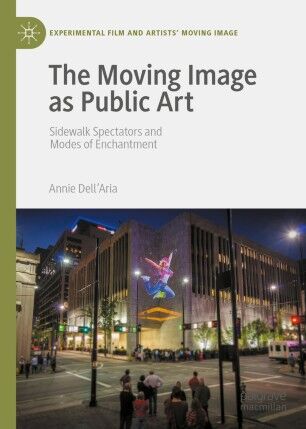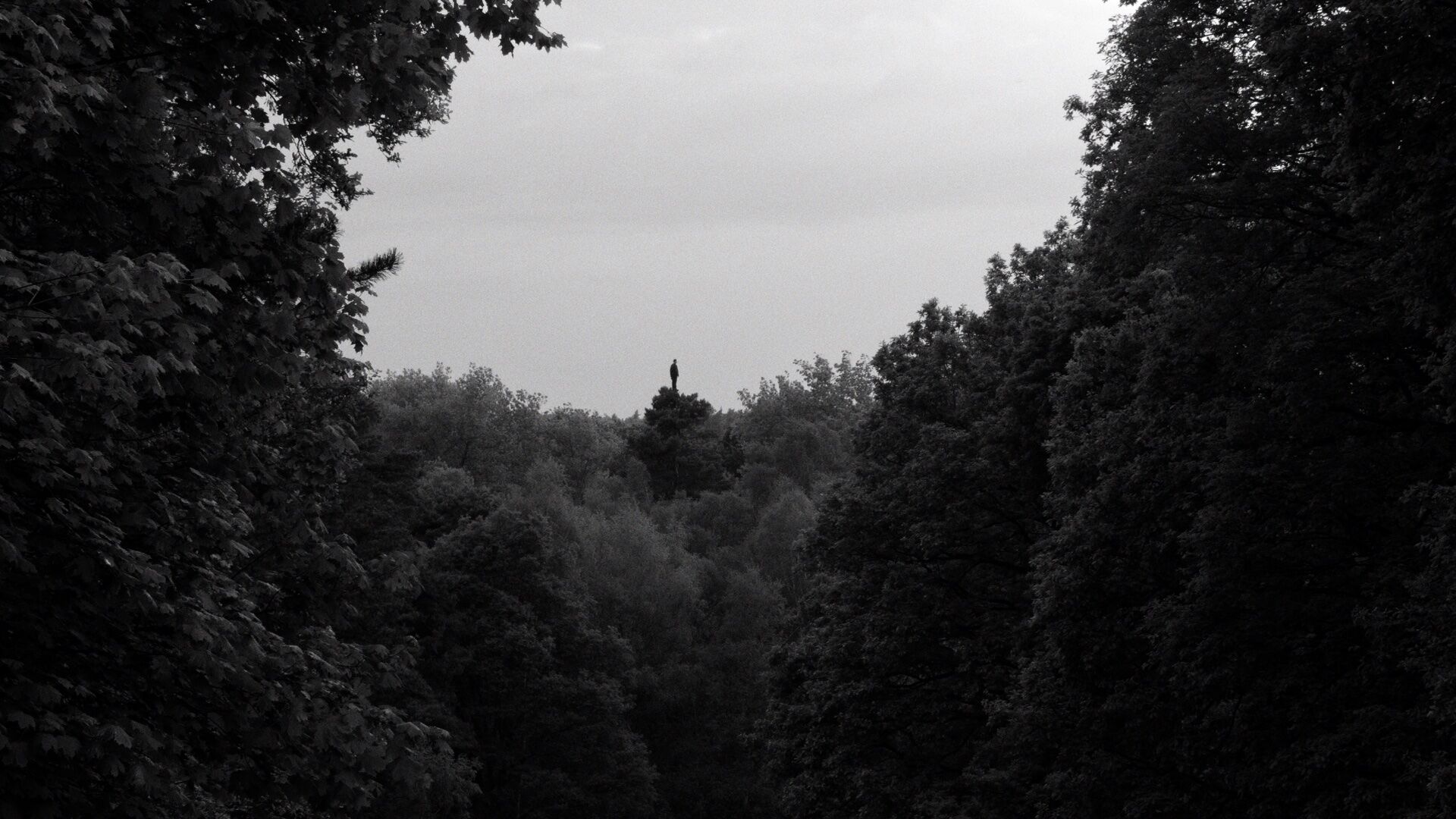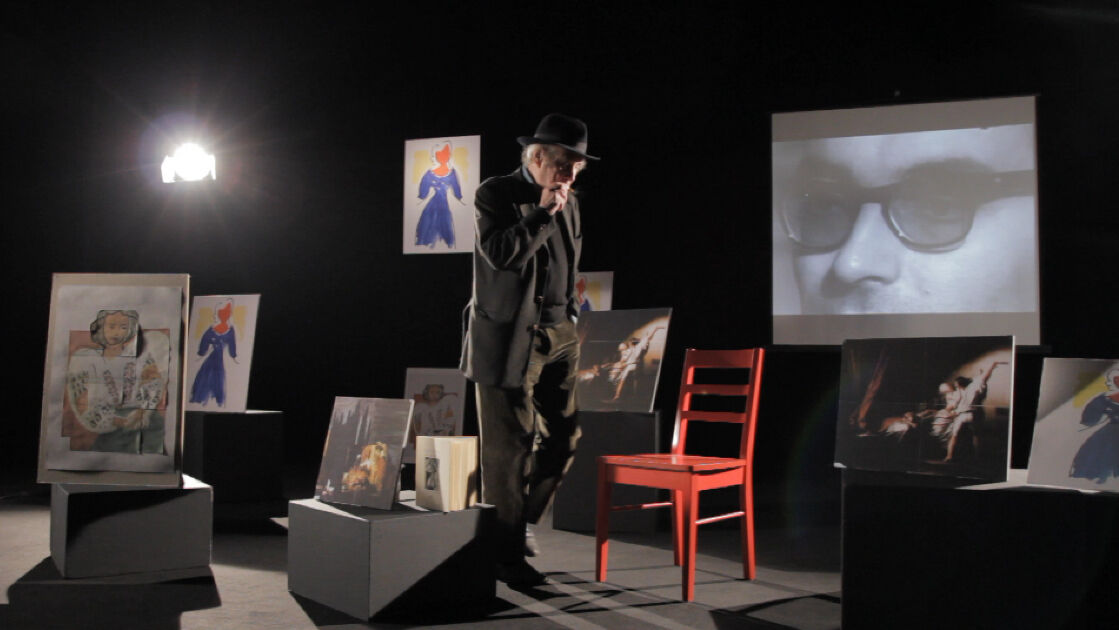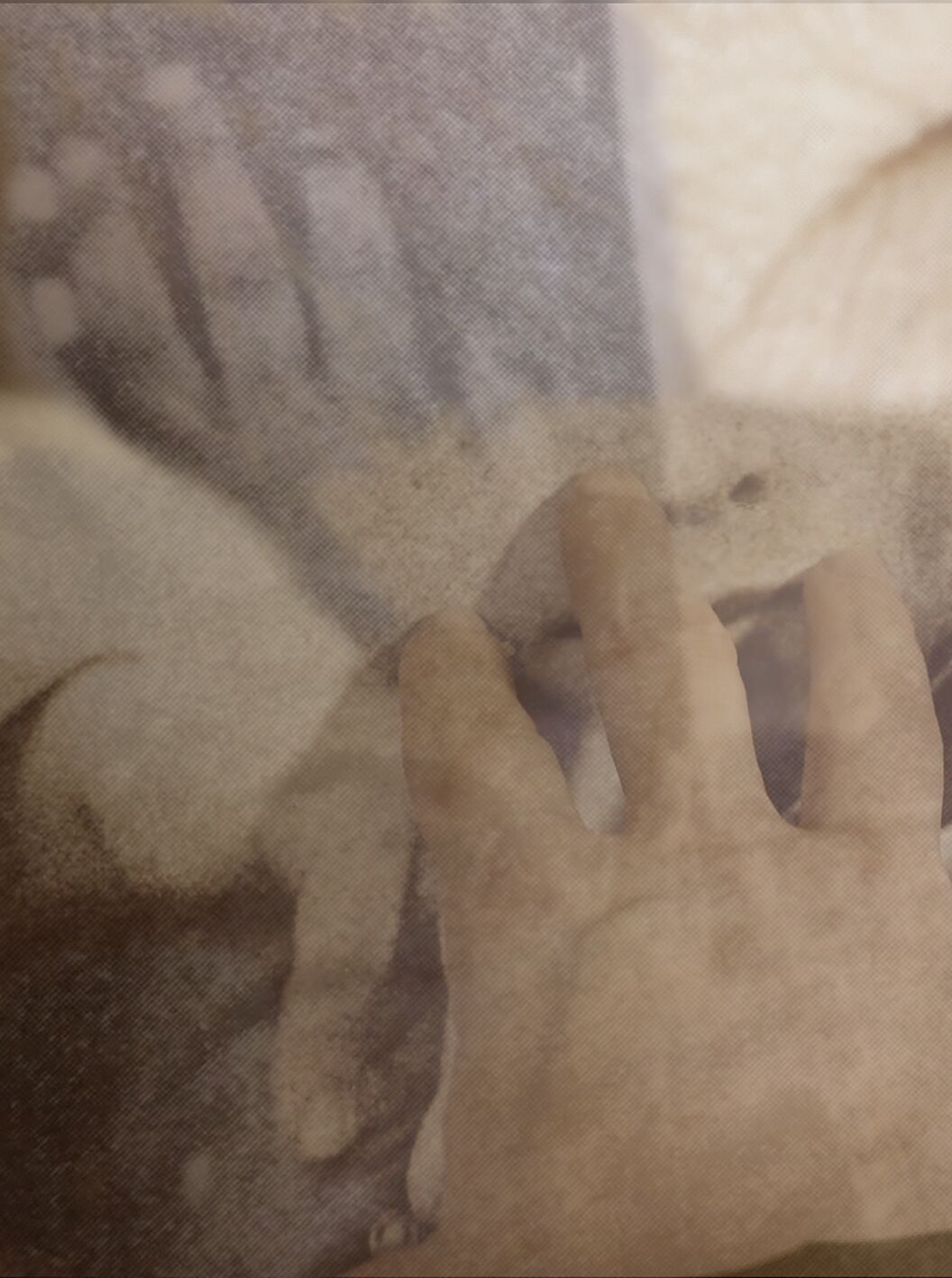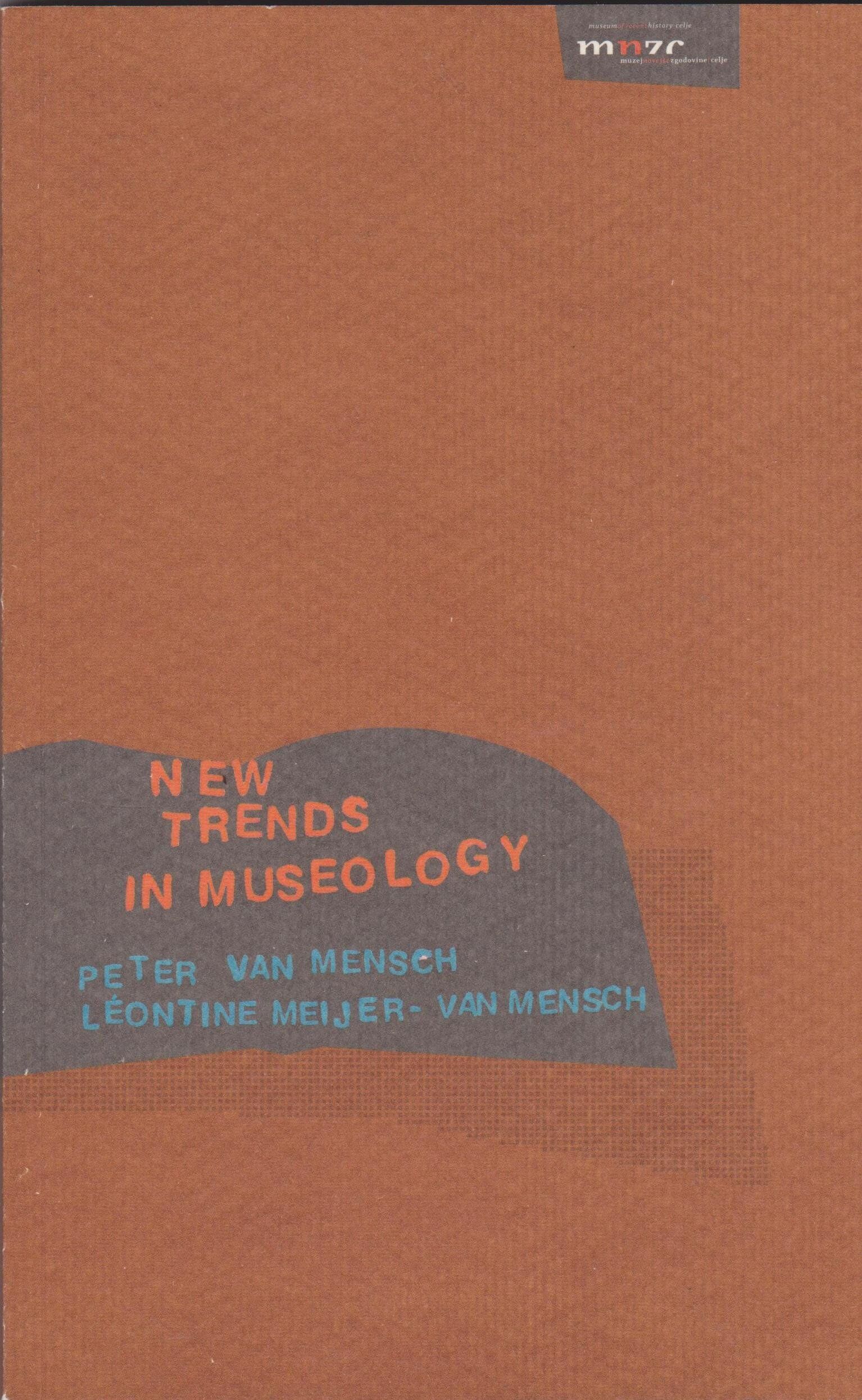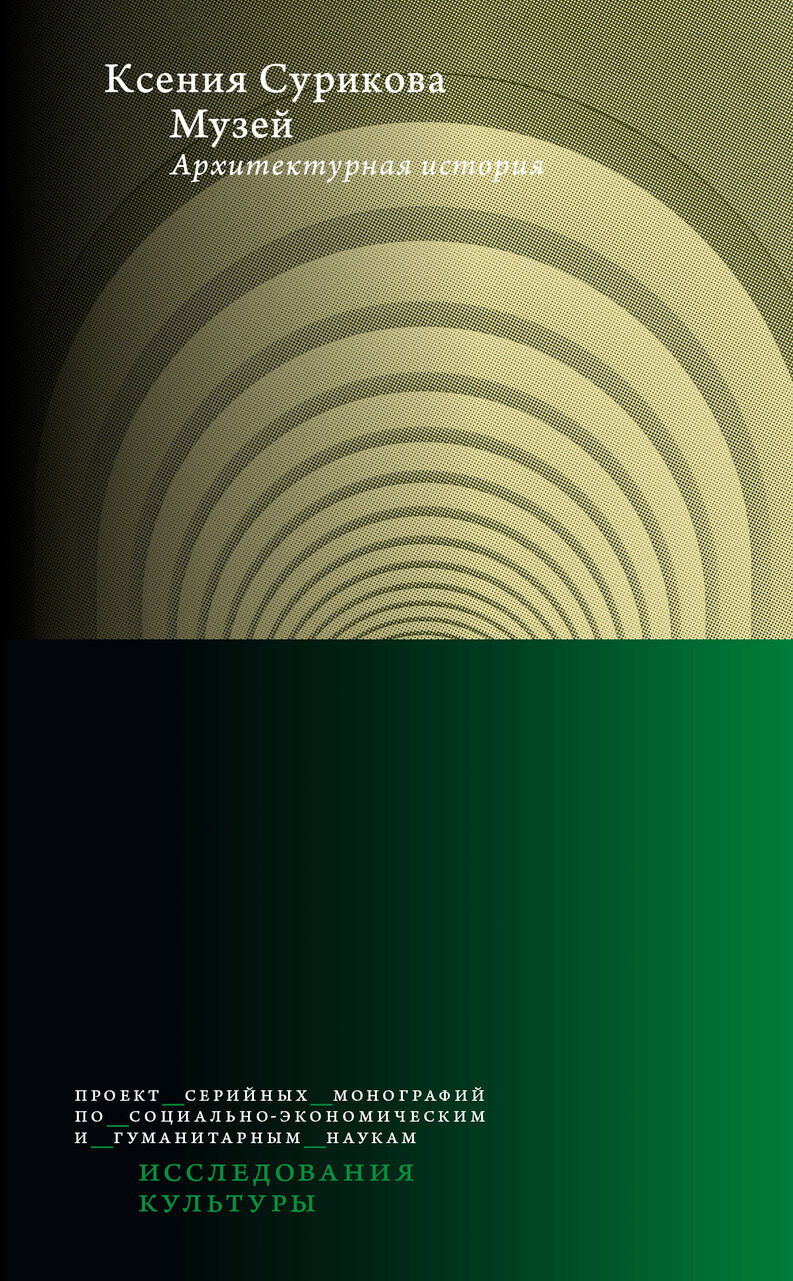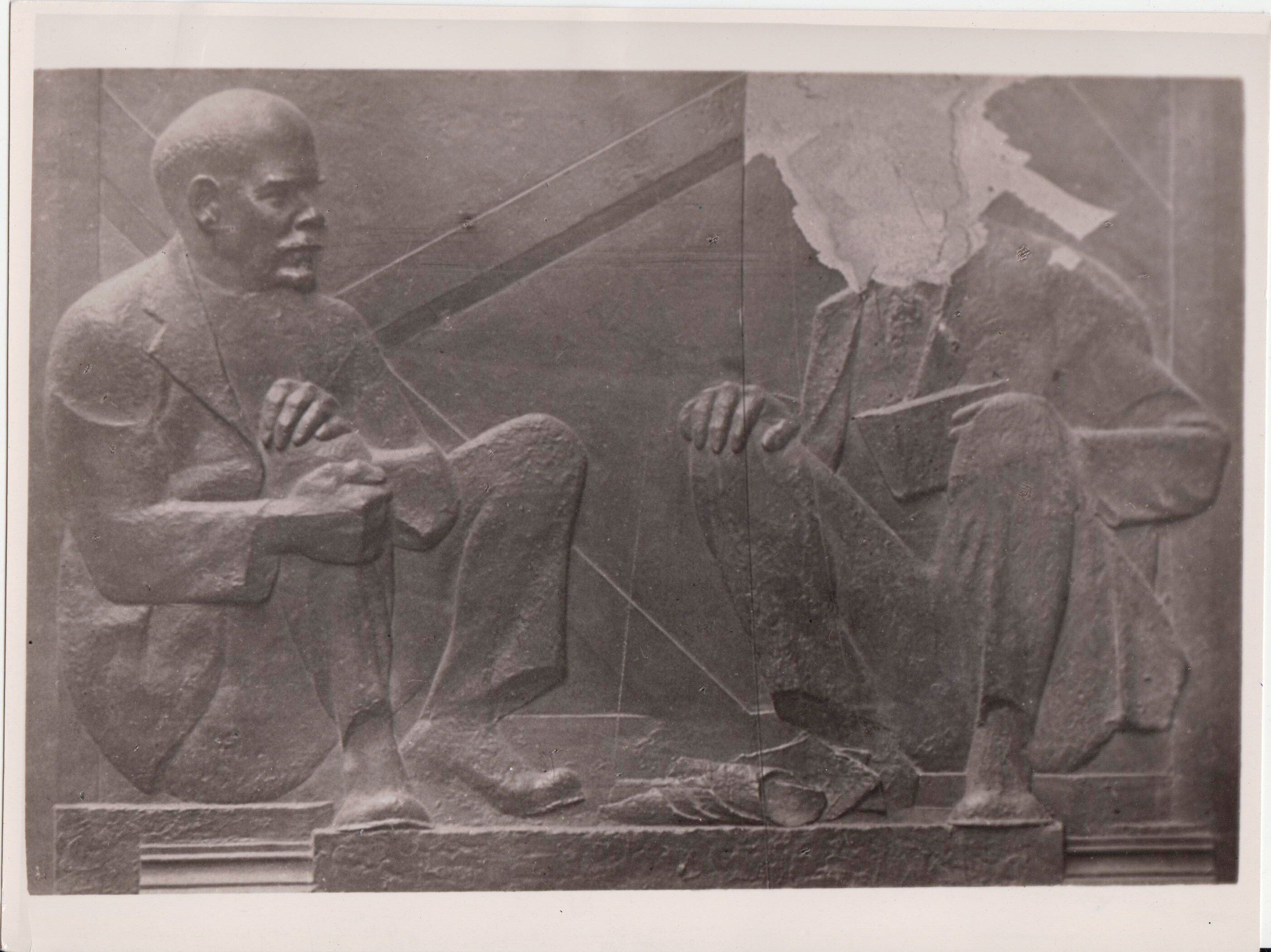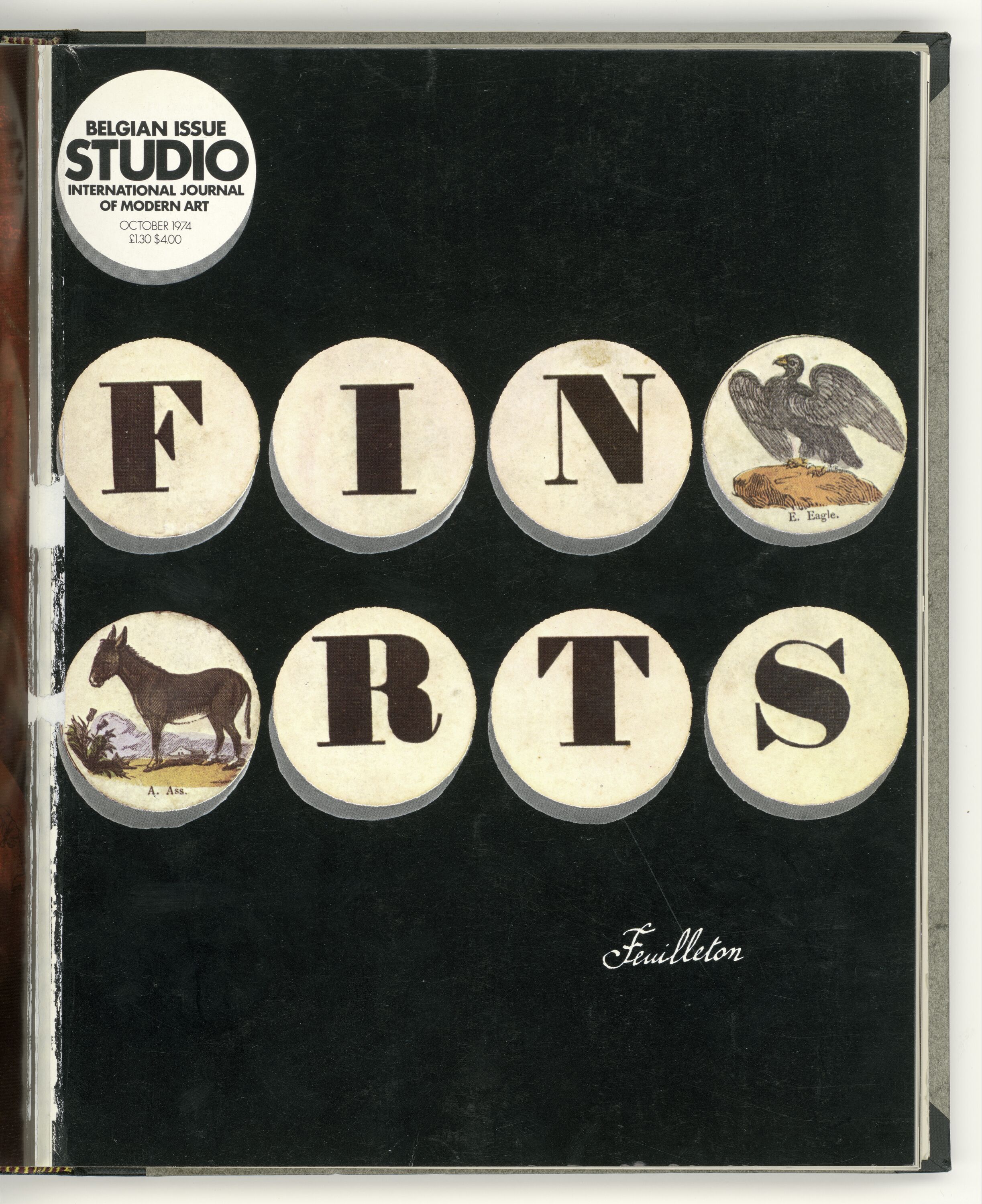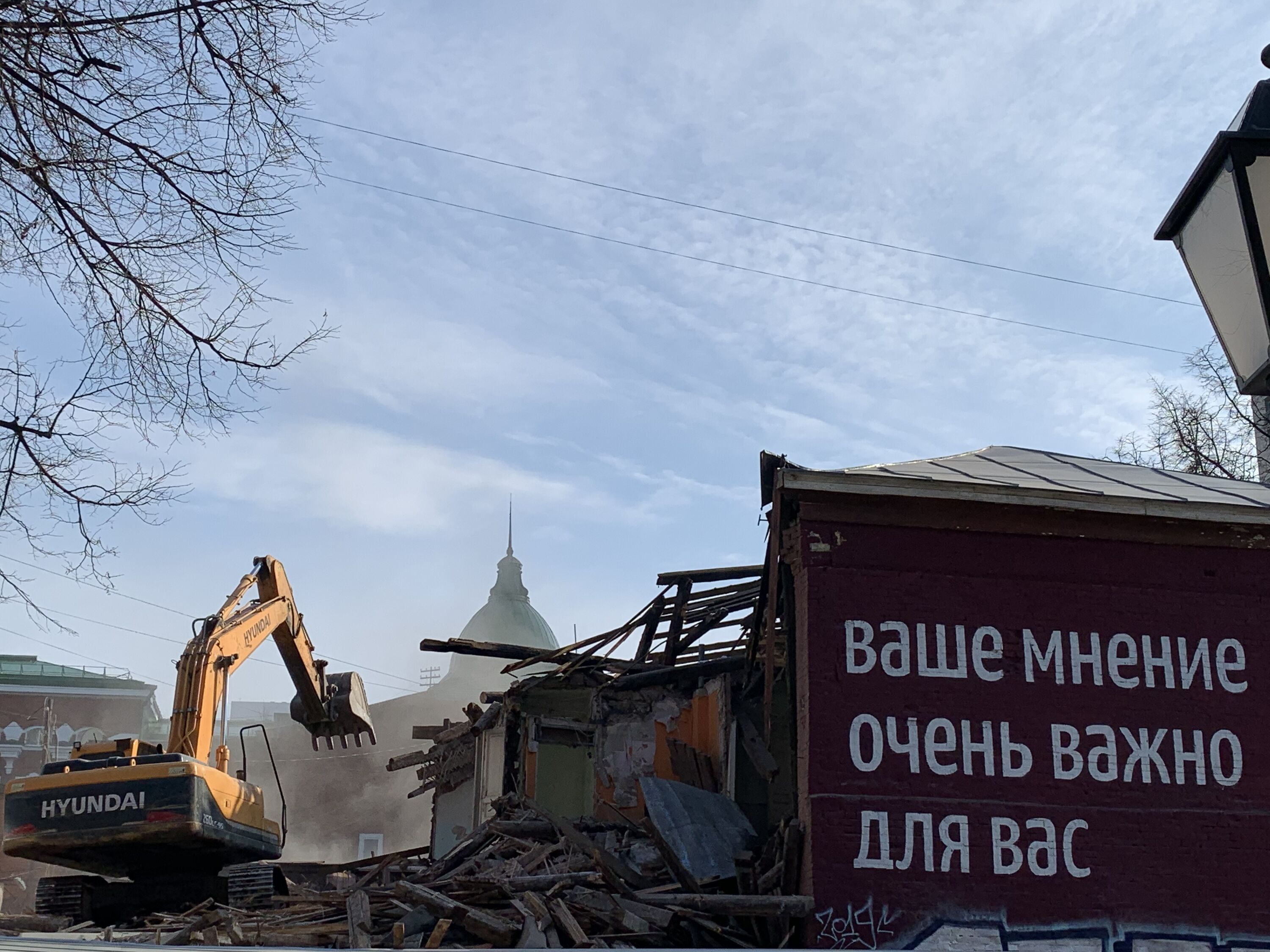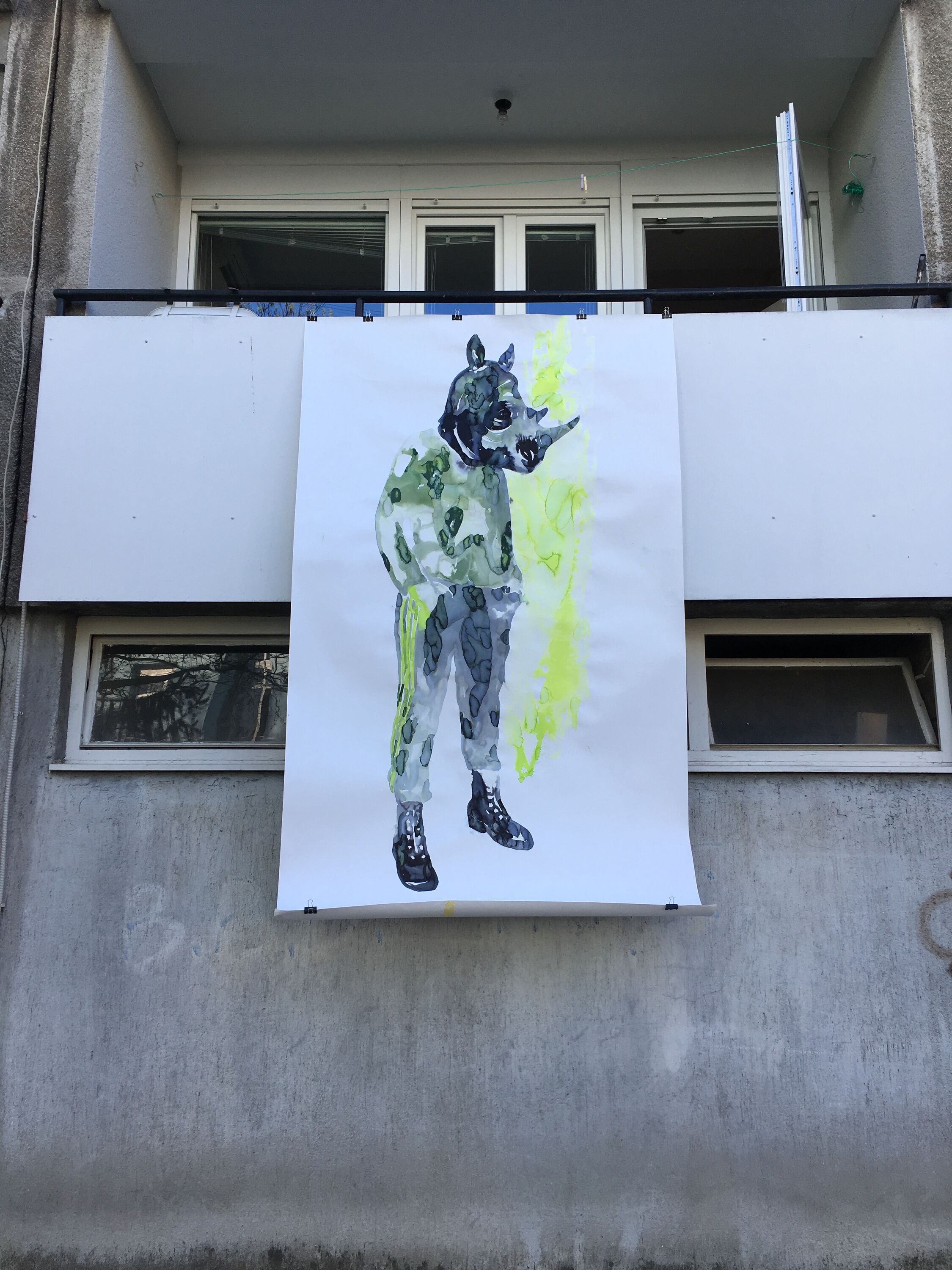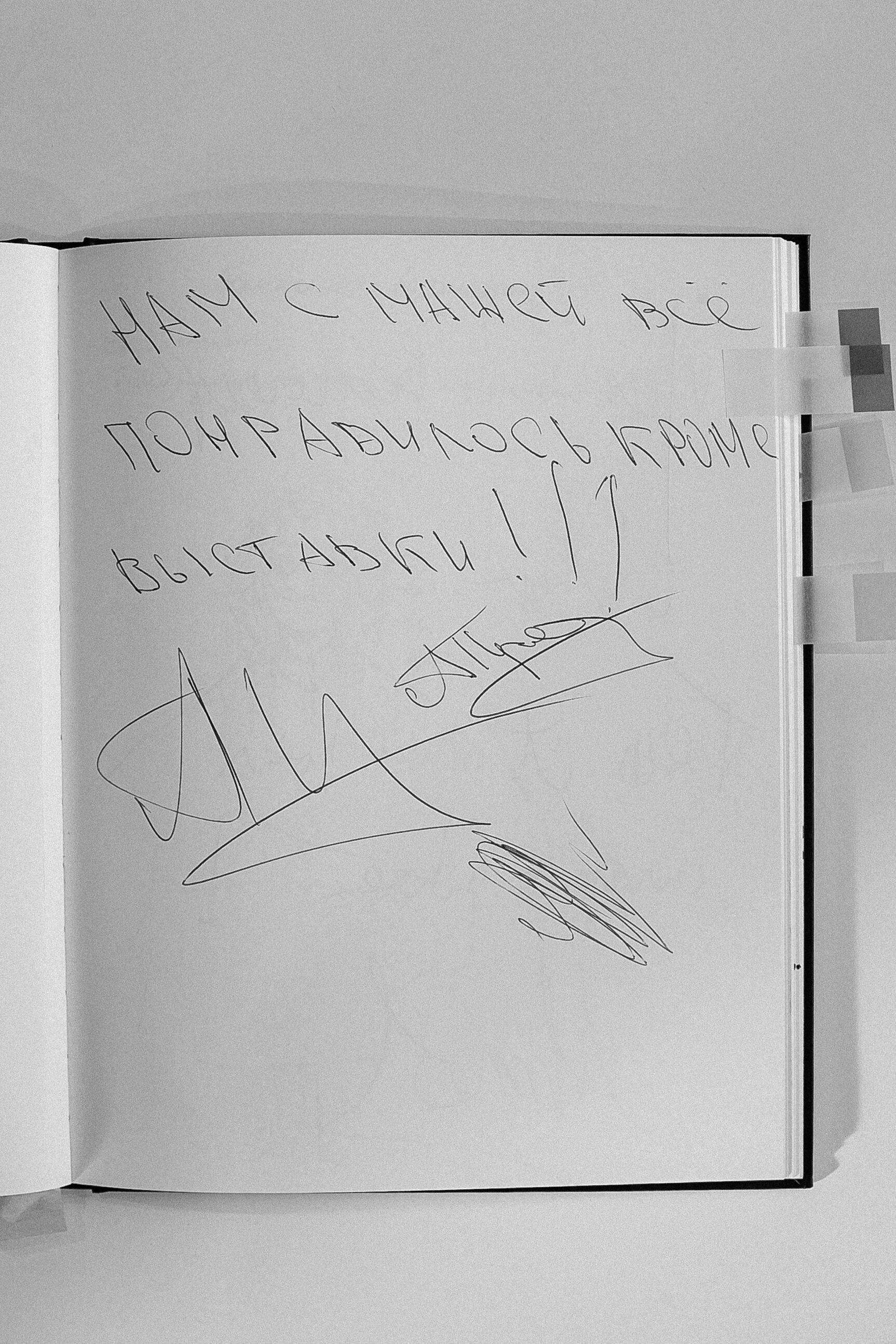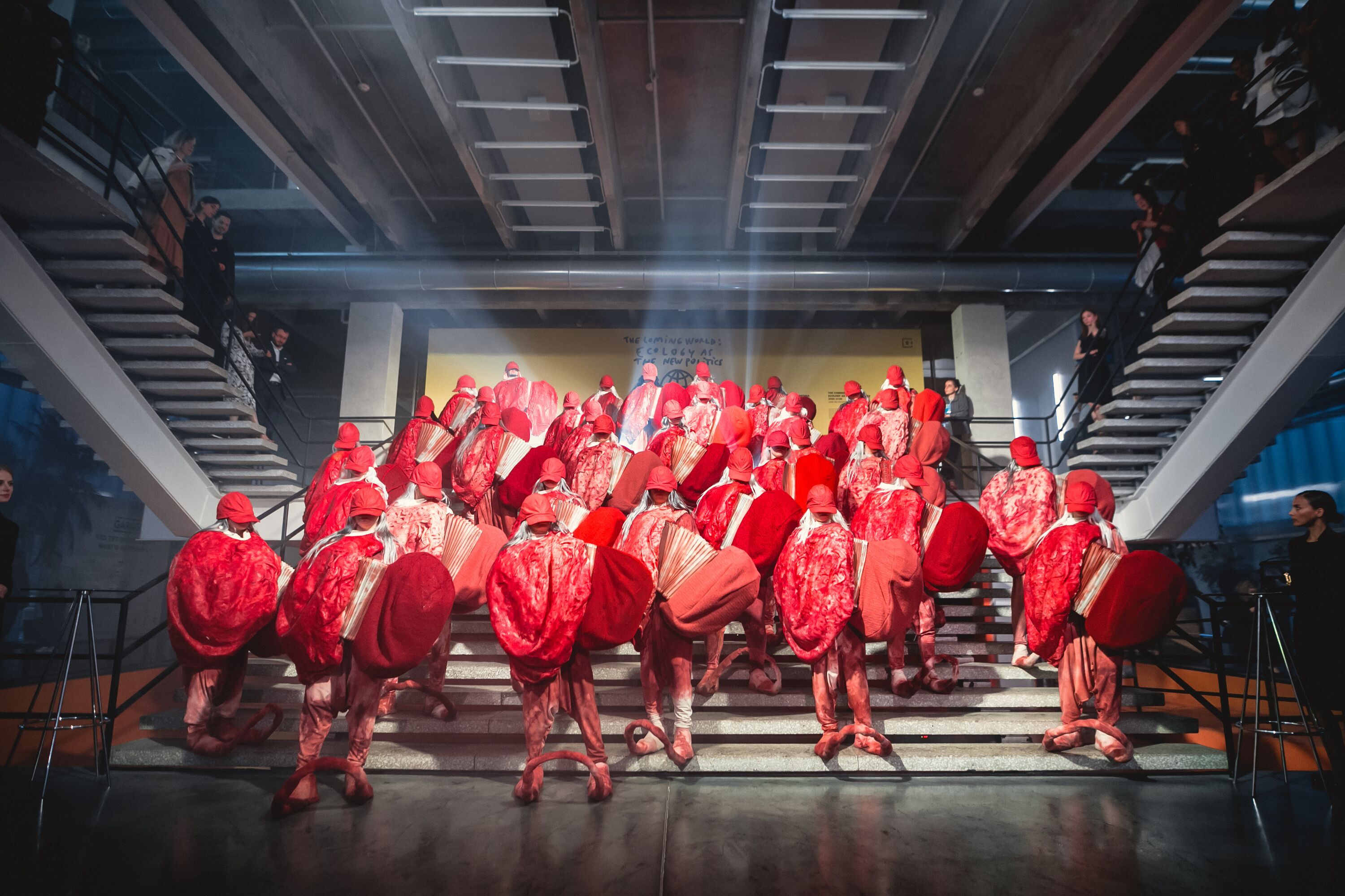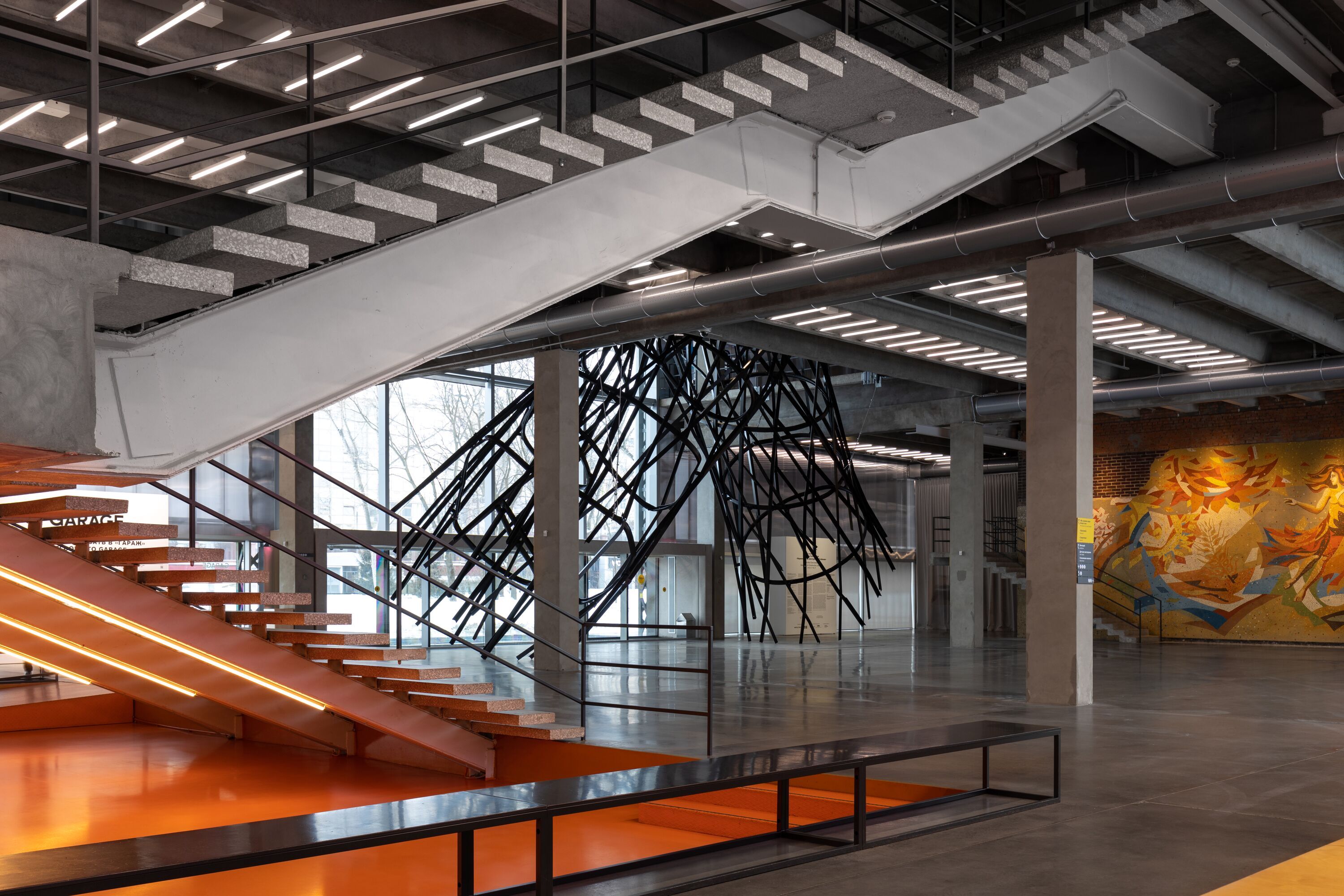Articles by keyword "museum"
For the closing of Issue 4 of The Garage Journal, the author adopts one core methodology common to the practices of both film and curating: storytelling. All stories have a time, a space, and characters. Following the Rashomon effect, each one of the stories below could offer entirely different points on the relationships between the moving image and the museum.
This text examines two cases in order to start outlining the aspects of a specific relationship between cinema, on the one hand, and museum and exhibition spaces, on the other. It studies two films (Assa by Sergei Solovyov and Jean-Luc Godard, The Disorder Exposed by Céline Gailleurd and Olivier Bohler) as models of cinematic conservation and curating invisible and ephemeral museal art forms.
Issue 04 of The Garage Journal publishes innovative scholarship on the relationship between the moving image and the museum. It analyzes ways in which cinema, video art, and curatorial practices inform and influence each other. Dissecting this intricate relationship, the issue challenges traditional assumptions and opens up a discourse where affinities and oppositions coexist.
The history and culture museum complex in the Sestroretsk area of Razliv has been faced with the need to carry out a re-exposition in its Shalash pavilion. The task at hand entails creating an exhibition project that would be in line with the current cultural trends and would meet the society's needs. The article discusses theoretical aspects of carrying out re-expositions, and the implementation of the latter in the Shalash museum within the contexts of Soviet history and contemporaneity.
In 1968 the Belgian artist Marcel Broodthaers inaugurated the Musée d’Art Moderne, Département des Aigles at his home in Brussels, with the Section XIXème siècle. In 1972 Broodthaers closed his Museum at documenta V with the Musée d’Art Ancien, Département des Aigles, Gallery du XXe siècle. The art historical discourse framed the fictitious Museum project as institutional critique.
The discussion was organized by The Garage Journal as a part of the eighth edition of Cosmoscow International Contemporary Art Fair. It was held at the Gostiny Dvor in Moscow on the 13th of September, 2020. Speakers were invited to reflect on the changing role of the museum as a social institution in Russia during the COVID-19 pandemic and other global crises. They discussed Russian museums’ strategies for interacting with their audiences and fundraising, as well as other aspects of museum work that are particularly important in crisis situations.
Titled ‘After Crises: Art, Museums, and New Socialities’, the issue explores a variety of crises and socialities from a range of perspectives, including the ideas of (in)visibility, (dis)continuation, and (non)representation. Paying attention to different kinds of crises (political, social, economic, health, and other), the issue surveys a range of cultural contexts, including Japan, Hong Kong, Russia, and the United States, and explores how new socialities are replacing existing identities.
Can one consider the contemporary museum to be purely a space for the preservation, protection, and transmission of cultural heritage? What role do visitors play within the museum? How is the transmission of the heritage possible in the context of a constant reproduction by the museum of the distance between the ‘masterpieces’ and the public? This visual essay analyzes the relationships between the museum and its visitors. Their inclusion in the museum process—or exclusion from it—is demonstrated by means of visitor books of Garage Museum of Contemporary Art.
This article characterizes the relationship between the museum and its visitors as a dialogic process that enables a play between the public narratives of the museum and the private narratives of the viewers. The museum is presented as a performative site where its dominant socially and historically constructed pedagogy engages in a critical dialogue with the viewer's memories and cultural histories.

